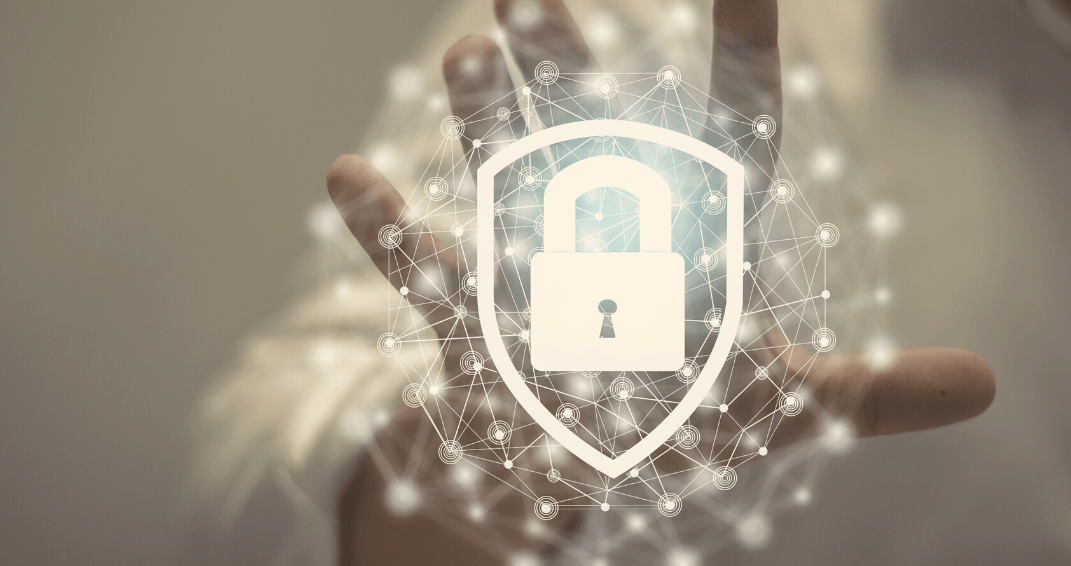
Earlier this year, the personal information of millions of students became compromised during the Illuminate cyberattack. The data breach of the K-12 software company mainly affected students in New York and Los Angeles, two of the United States' largest school districts.
This cyber theft brought into a sharper perspective the increasing importance of data security for K-12 schools.
K-12 school districts have a lot of sensitive data to protect, from staff and teacher payment information to student records. Unfortunately, data breaches are becoming increasingly common, and school districts are left to question their current data security practices. Falling victim to a cybersecurity breach can put your data at risk. And it could damage your district's reputation.
While cyber threats are rising, there is plenty that K-12s can do to protect their sensitive data. The K-12 Cybersecurity Resource Center's 2020 State of K-12 Cybersecurity report showed that the frequency and severity of cyberattacks against schools are rising, and 2020 was a record-breaking year for cyberattacks against US K-12 schools. The number of breaches increased by 18% from 2019 to 408 incidents.
In 2021, a data breach exposed the records of 500,000 students and 60,000 employees of the Chicago Public School system. The breach happened when a third-party teacher evaluation vendor was the target of a ransomware attack.
In addition to losing student records, cyberattacks can cause disruptions and school closings. Last month, the South Redford School District in Redford Township, Michigan, was forced to close their schools while they worked to restore systems brought down by a cyberattack.
The rising threat of cyberattacks has not gone unnoticed. Cyber insurance pricing in the US rose by 96% in the third quarter of 2021, a 204% increase from 2020. In the 2022 Global Risks Report, 19.5% of leaders of nations believe cybersecurity failure will become a critical threat to the world in the next two years. Another 14.6% believe this would happen within five years.

While the above incidents are concerning, understanding the most common threats is key to safeguarding critical vulnerabilities. With the rise of digital technology in the educational system, the number of potential entry points will only increase.
The State of K-12 Cybersecurity report showed data breaches and leaks accounted for 36% of cyber incidents in 2020. Ransomware was the next most common threat facing K-12, representing 12% of incidents. Nearly half (45%) of incidents were due to unattributed malware. Other ones included class or meeting invasions, email invasions, website and social media defacement, and a wide variety of low-frequency incidents.
Unfortunately, humans are still the number one entry point for ransomware attacks. The best line of defense for K-12 is to educate employees and put strong practices in place to prevent bad actors from taking advantage of weak passwords or poor user practices. According to the Verizon Data Breach Incident Report, the most common methods of ransomware in North America in 2021 were:
In addition to improving the cybersecurity practices of your school district and employees, making sure vendors maintain strict security is vital. At least 75% of all data breach incidents included school district vendors and other partners. Choosing a trusted software provider is essential for a K-12 institution to protect its district from cyberattacks.
With several incidents publicized in the last few years, school districts might find it easier to justify devoting increased IT spending to cybersecurity. It's never too early to have the conversation even if budget is a concern. Having an IT person or team in charge of correctly setting up user credentials and access, training staff on best practices, and staying up to date on the latest threats can make a big difference. However, more important than your cybersecurity budget is simply educating your staff and performing due diligence on existing vendors.
When it comes to innovation on the cybersecurity front, Microsoft's Zero Trust Architecture is the platinum standard. Microsoft's approach to security structures data and user access grants employees only access to files and applications needed for their job. Areas of vulnerability to consider include:

Another reason school districts already using Microsoft products should invest more deeply into the platform. And, if you're not using their products, security is a BIG reason you should consider it. You'll get access to the tools you need to implement Microsoft's Zero Trust Architecture to safeguard your K-12 data.
Additionally, if you're looking to strengthen back-office systems like finance, HR, or payroll, look no further than Sparkrock 365. We combine powerful engineering with the industry-specific functionality you need to run your K-12 organization. Our partnership with Microsoft Dynamics 365 - Business Central gives you the best of both worlds.
The threat of cyberattacks will likely continue to rise, and, unfortunately, K-12 is becoming a more frequent target of these attacks. Putting in place strict cybersecurity measures - and working with vendors that do the same - can help protect your district and safeguard your data.
If you're looking to learn more about Sparkrock 365 for K-12 school boards and districts, take a look at our product guide.